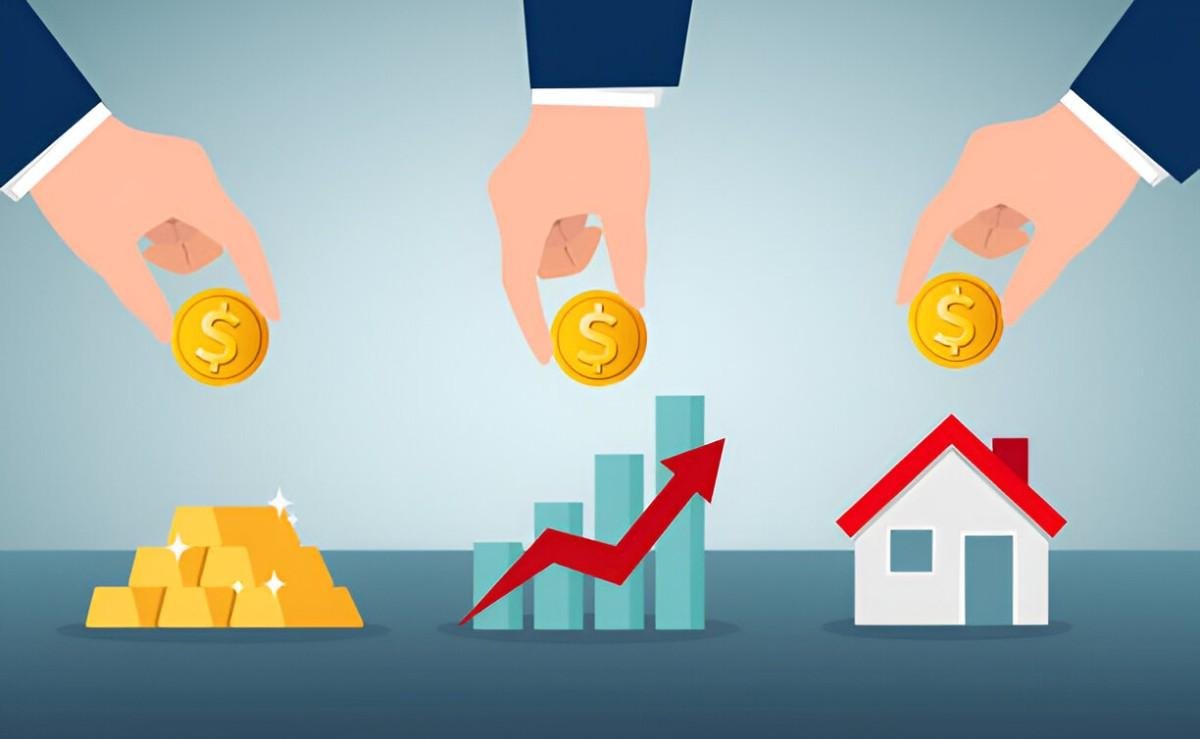Introduction
As an investor, I often explore unconventional avenues to diversify my portfolio. While gold and silver dominate the precious metals space, alternative metals—such as platinum, palladium, rhodium, and rare earth elements—offer unique opportunities. Alternative metals mutual funds provide exposure to these lesser-known commodities, combining the benefits of professional management with the potential for high returns.
Table of Contents
What Are Alternative Metals?
Alternative metals include industrial and precious metals beyond gold and silver. These metals have specialized applications, often in technology, automotive, and renewable energy sectors. Key alternative metals are:
- Platinum (Pt) – Used in catalytic converters, jewelry, and fuel cells.
- Palladium (Pd) – Critical for automotive emission control.
- Rhodium (Rh) – One of the rarest and most expensive metals, used in catalytic converters.
- Rare Earth Elements (REEs) – Essential for electronics, magnets, and green energy technologies.
Unlike gold, which acts as a safe-haven asset, alternative metals are heavily influenced by industrial demand.
Understanding Alternative Metals Mutual Funds
Alternative metals mutual funds pool investor capital to invest in companies involved in mining, refining, or trading these metals. Some funds also hold physical metals or futures contracts.
Types of Alternative Metals Funds
- Equity-Based Funds – Invest in mining and processing companies.
- Commodity Futures Funds – Use derivatives to track metal prices.
- Mixed-Asset Funds – Combine equities, futures, and physical holdings.
Key Metrics to Evaluate Performance
When assessing these funds, I consider:
- Expense Ratio – Typically ranges from 0.5% to 2%.
- Liquidity – How easily shares can be bought/sold.
- Correlation with Broader Markets – Industrial metals often correlate with economic cycles.
Mathematical Performance Evaluation
The Sharpe ratio helps measure risk-adjusted returns:
Sharpe\ Ratio = \frac{R_p - R_f}{\sigma_p}Where:
- R_p = Portfolio return
- R_f = Risk-free rate
- \sigma_p = Portfolio standard deviation
A higher Sharpe ratio indicates better risk-adjusted performance.
Comparing Alternative Metals Funds vs. Traditional Precious Metals Funds
| Factor | Alternative Metals Funds | Traditional Precious Metals Funds |
|---|---|---|
| Primary Metals | Pt, Pd, Rh, REEs | Gold, Silver |
| Market Drivers | Industrial demand | Safe-haven demand, inflation hedge |
| Volatility | Higher | Lower |
| Correlation | Tied to economic growth | Inverse to equities |
Case Study: Palladium Boom (2016-2020)
Palladium prices surged from $500/oz in 2016 to over $2,800/oz in 2020 due to stricter emission norms. A fund like the Sprott Palladium ETF (SPPP) would have delivered stellar returns.
Hypothetical Investment Calculation:
- Initial Investment: $10,000
- Palladium Price Appreciation: 460%
- Final Value: $10,000 × 5.6 = $56,000
Risks of Alternative Metals Investing
- Supply Chain Vulnerabilities – Geopolitical tensions can disrupt mining.
- Technological Shifts – Electric vehicles may reduce palladium demand.
- Liquidity Risks – Some metals (e.g., rhodium) have thin markets.
Top Alternative Metals Mutual Funds
Here are some notable funds:
| Fund Name | Focus | Expense Ratio | 5-Yr CAGR |
|---|---|---|---|
| Sprott Platinum & Palladium Trust (SPPP) | Physical Pd & Pt | 0.95% | 12.3% |
| VanEck Rare Earth/Strategic Metals ETF (REMX) | Rare Earth Miners | 0.59% | 8.7% |
| Aberdeen Standard Physical Platinum Shares ETF (PPLT) | Physical Platinum | 0.60% | 6.5% |
Tax Implications
- Physical Metal ETFs – Taxed as collectibles (28% long-term rate).
- Mining Equity Funds – Subject to capital gains tax (15%-20%).
Final Thoughts
Alternative metals mutual funds offer a compelling way to diversify beyond gold and silver. While they carry higher volatility, their industrial demand can lead to outsized returns. Before investing, I assess expense ratios, liquidity, and macroeconomic trends.





